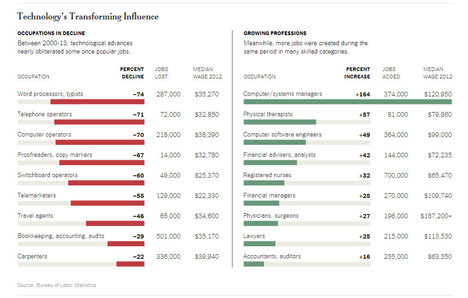Notwithstanding the assurances that the pope, the council, and the emperor had given him, Hus was almost immediately vilified and denied the opportunity to speak in public. On November 28, barely three weeks after he arrived, he was arrested on order of the cardinals and taken to the prison of a Dominican monastery on the banks of the Rhine. There he was thrown into an underground cell through which all the filth of the monastery was discharged. When he fell seriously ill, he asked that an advocate be appointed to defend his cause, but he was told that, according to canon law, no one could plead the cause of a man charged with heresy. In the face of protests from Hus and his Bohemian supporters about the apparent violation of his safe-conduct, the emperor chose not to intervene. He was, it was said, uncomfortable about what seemed a violation of his word, but an English cardinal had reportedly reassured him that “no faith need be kept with heretics.”
Source:
Greenblatt, Stephen. The Swerve: How the World Became Modern. New York: W. W. Norton & Company, 2011.
(Note: this quote is from somewhere on pp. 167-168; I bought the Kindle version which does not give page numbers correctly and I can’t recover pages on this one from Google books; I would guess it is all on p. 168.)

